National Zoo Keeper Week
It’s National Zoo Keeper Appreciation Week and we’re celebrating the amazing work our zookeepers do for wildlife every day. They are the dedicated keepers, teachers, and caretakers of the animals here at the zoo. They are also some of the most Passionate hardworking people you’ll meet. The Maryland Zoo is fortunate to have expert teams of animal professionals focused on the care of more than 200 species big and small. We’re so grateful for their knowledge, expertise, and commitment which continues to advance animal husbandry and wildlife conservation here and around the globe.
This year, National Zoo Keeper Week is July 16-22. Each day we’ll share new keeper profiles and introduce you to the people making a difference for animals at the Maryland Zoo.
Meet Ellie Y.
What area of the zoo do you work in and with what animals do you work?
I work in the African Watering Hole and Polar Bear Watch areas of the zoo. This includes rhinos, zebras, ostriches, polar bears, grizzly bears, eagles, arctic foxes, leopards, sitatungas, African aviary birds, and tortoises.
How long have you been working at the zoo?
I have been working at the zoo for about 1 year and 3 months.
Why did you choose to work at the zoo?
I’ve always had a strong interest in animals and nature ever since I was little. In college, I pursued a biology degree and through internships and volunteering, followed the path to become a zookeeper since it was a career where I could help take care of animals and also contribute to wildlife conservation.
What is a typical work day like at the zoo?
Very busy! The morning begins with checking on and saying good morning to all of the animals in the section that I am working that day. Then comes the daily cleaning, feeding, behavioral observations, possible veterinary checks, and shifting animals on and off exhibit throughout the day. Between all of these things, animal training sessions take place, sometimes with the help of the veterinary staff. At some point in the day, there is usually a keeper chat where we talk to guests. Then, of course, there are all of the unpredictable things that can occur throughout the day. Always expect the unexpected when working with animals!
Is it hard to work at the zoo and why?
It is definitely not an easy job. Work is often labor intensive and you definitely get a lot of exercise. For example, taking care of large animals means hauling around large things, such as moving around tractor tires that are used as Rhino toys! We also work in all types of weather conditions. Whether it’s 100 degrees or heavily snowing, we are outside working. Work can also be emotionally draining when taking care of a sick or injured animal. It is hard not to take ‘work’ home with you when worrying about a sick animal!
When did you first start thinking about working in a zoo?
The zoo was one of my favorite places to go as a child. The thought of working with animals carried on with me as an adult when I pursued a college degree in animal biology. After college, I did a few internships working with animals at a wildlife rehabilitation center, a crane conservation foundation, a big cat sanctuary, and a zoo. I wanted to work at a place where I could participate in animal conservation programs while also taking care of animals on a daily basis, so the zoo was a perfect career for me!
What steps did you take in order to become a keeper at the zoo?
I first attended college and graduated with a degree in animal biology. I then applied to numerous internships and worked temporary positions for about 1.5 years. I worked as an intern at a wildlife rehabilitation center, a crane conservation foundation, a big cat sanctuary, and a zoo. After sending Many applications to zoos across the country, I was finally hired for my first full-time zoo keeping position at a zoo in Texas. After working there for around 1.5 years I was hired by the Maryland Zoo.
What type of person or what skills make for a good keeper?
A zookeeper is a person with a lot of patience, great observational skills, and the ability to adapt quickly to an always changing workplace. There is always something new happening and there are always new things to learn, so we have to be able to adapt and act quickly. We also have to do this all while continuing to keep a close watch on all of our animal’s well being.
What was your favorite subject in school and why?
Biology was always my favorite subject because it involved animals of course!
What hobbies/interests do you have outside of your zoo life?
I enjoy art and making crafts. I am also proud to call myself a crazy cat lady.
Have you done any unique conservation, research, or professional development experiences related to your work at the zoo?
Recently I was given the opportunity to help the DNR for a day with studies on populations of black bear in Maryland, alongside a member of our veterinary staff. I also was sent by the zoo to a conference held by the ABMA (Animal Behavior Management Alliance) for professional development to learn more about enrichment and training to further enhance animal welfare. In the past, after I graduated college I worked as an intern in a conservation program for Whooping cranes in Wisconsin at the International Crane Foundation. I helped raise crane chicks by dressing in costume as an adult crane to make sure they imprinted properly on their own species, and once of age released them into the wild population. Once released, I helped track and monitor them until they left the state of Wisconsin on their southern migration.
What do you think is an important reason to support the zoo?
There are few other places where you can go to experience, learn about, and also help conservation efforts to save animals in the wild all in one location. I cannot imagine what my life would be like had I never had the opportunity as a child to walk up to and look up at a giraffe or look into the eyes of a lion, since a family trip to Africa was out of the question as it is for many children. These are awe-inspiring experiences that you cannot get from looking at a picture or watching a documentary on tv. I think seeing these animals in person helps people really connect with them in a more meaningful way, and through that connection, people tend to care more about these animals and take action to help conserve their wild counterparts.

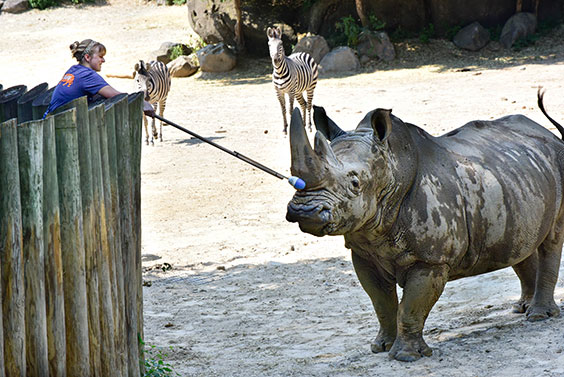
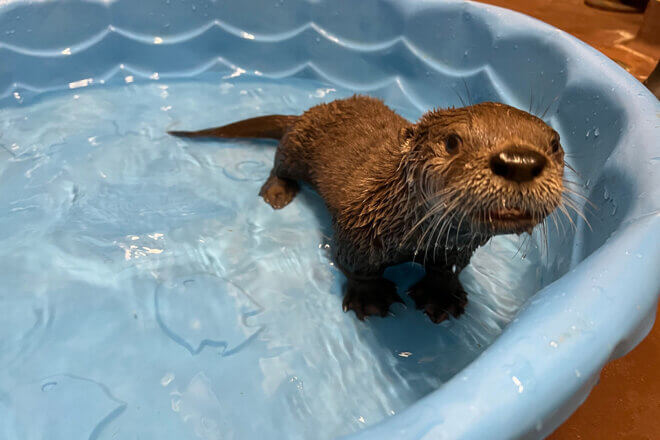
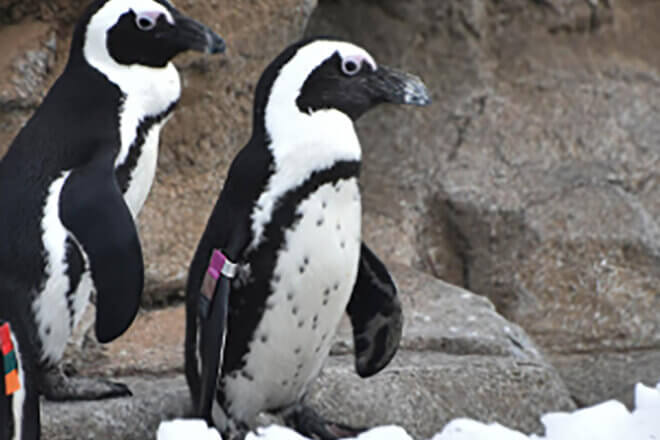
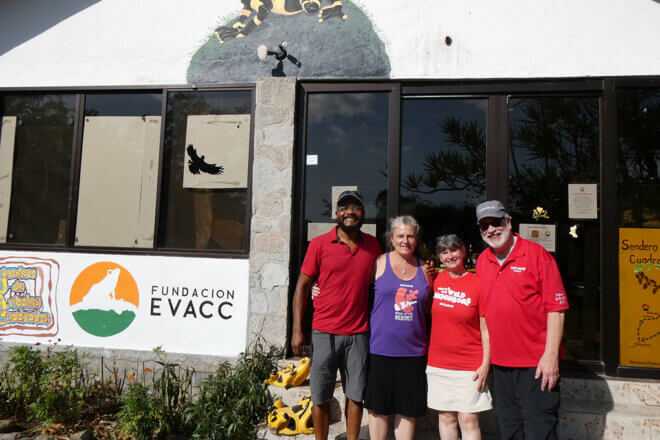
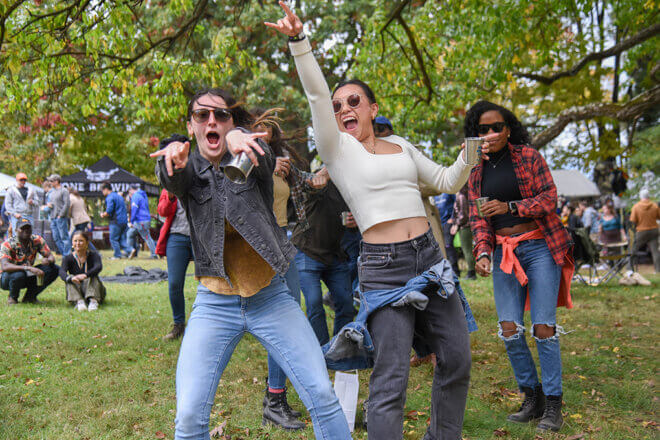
Share this article